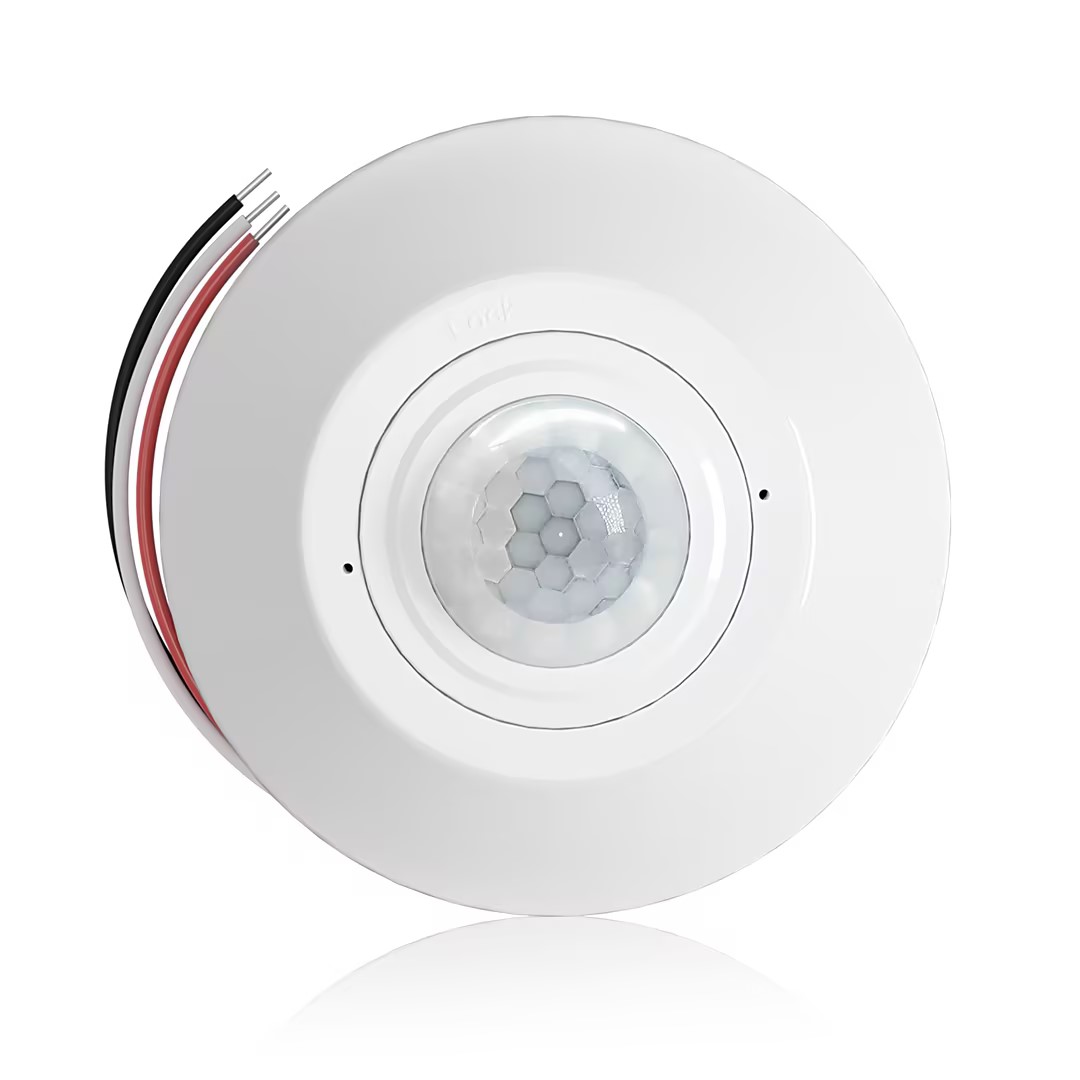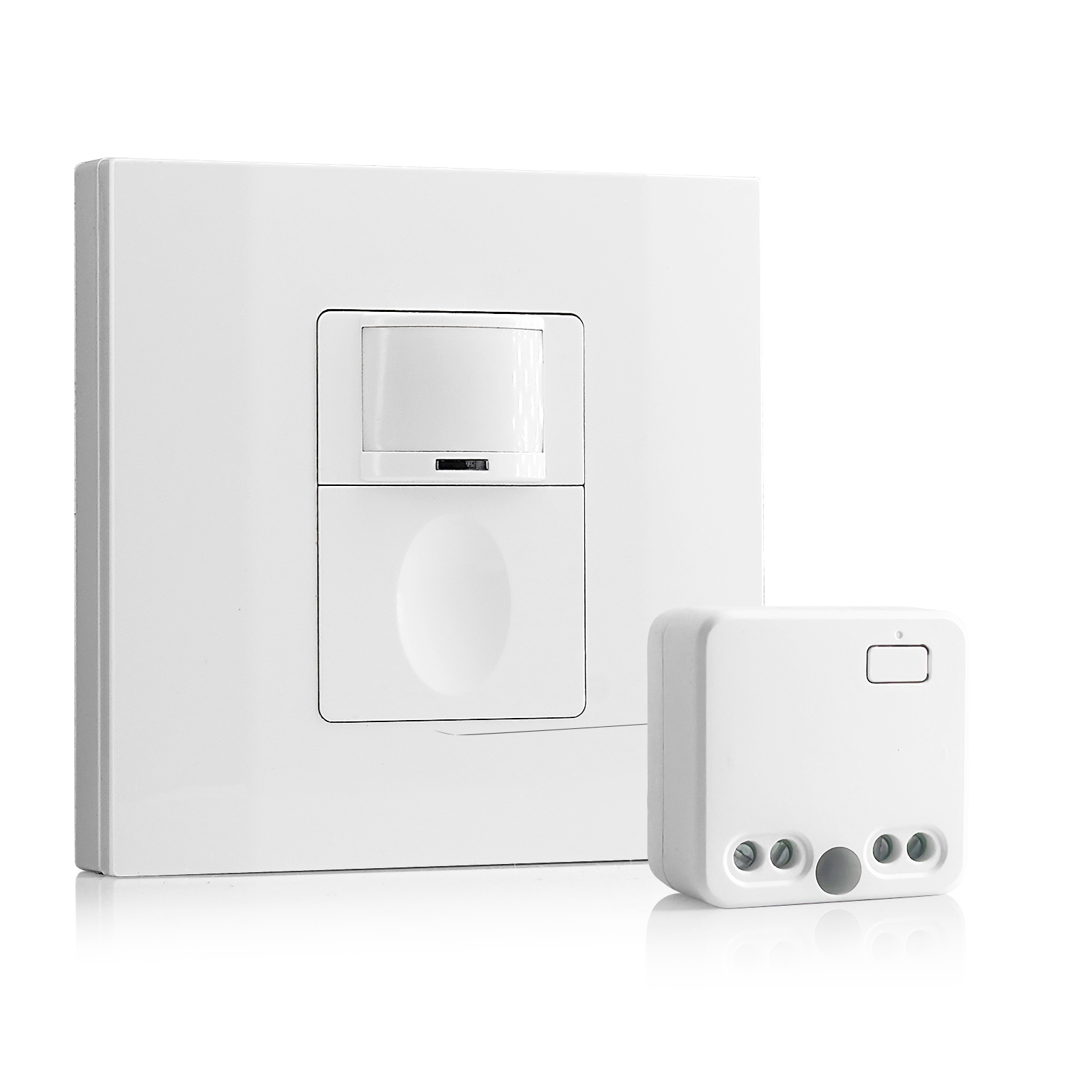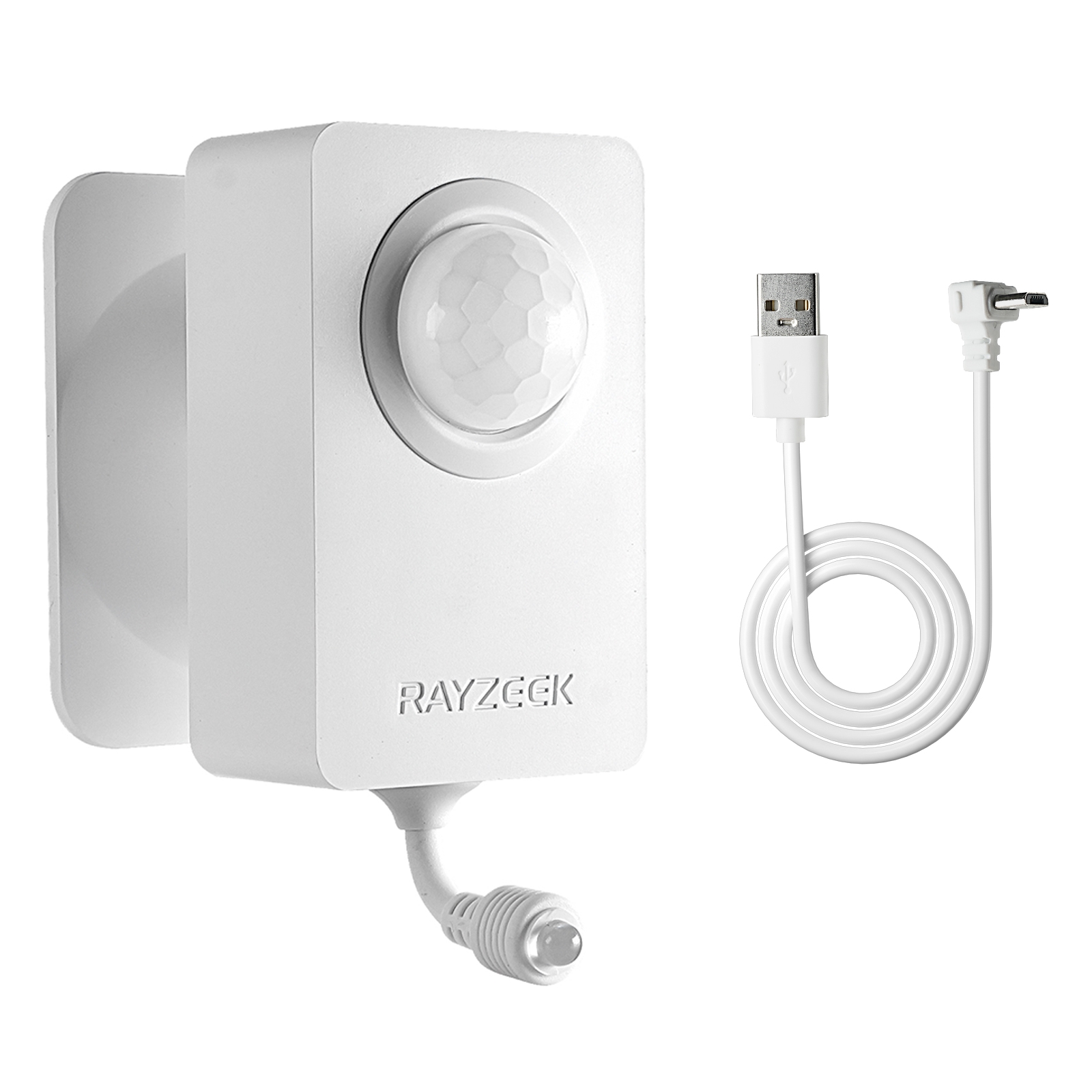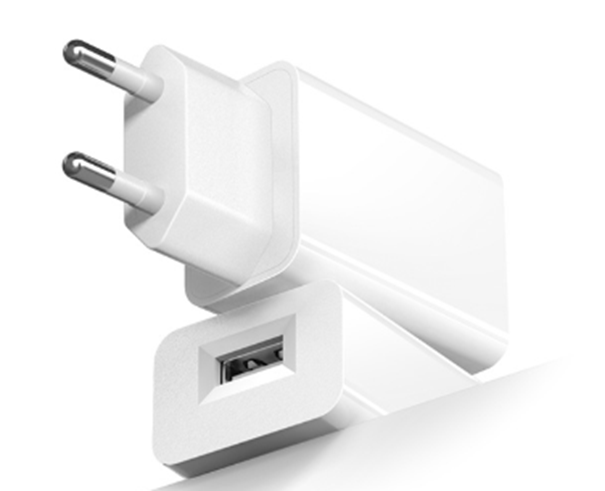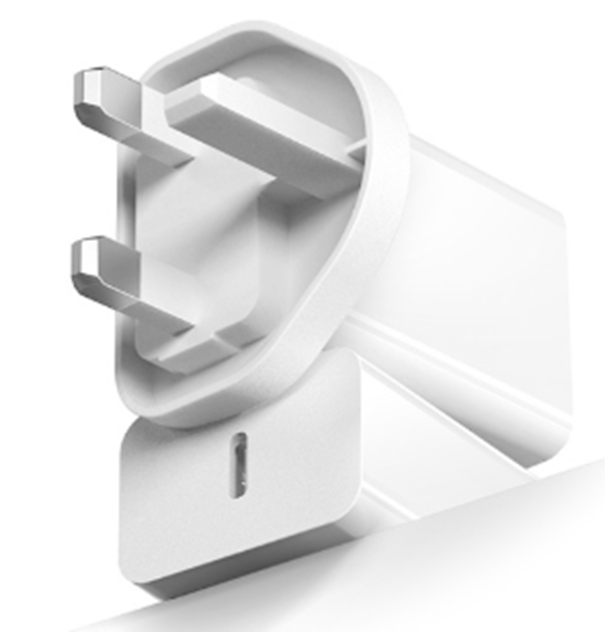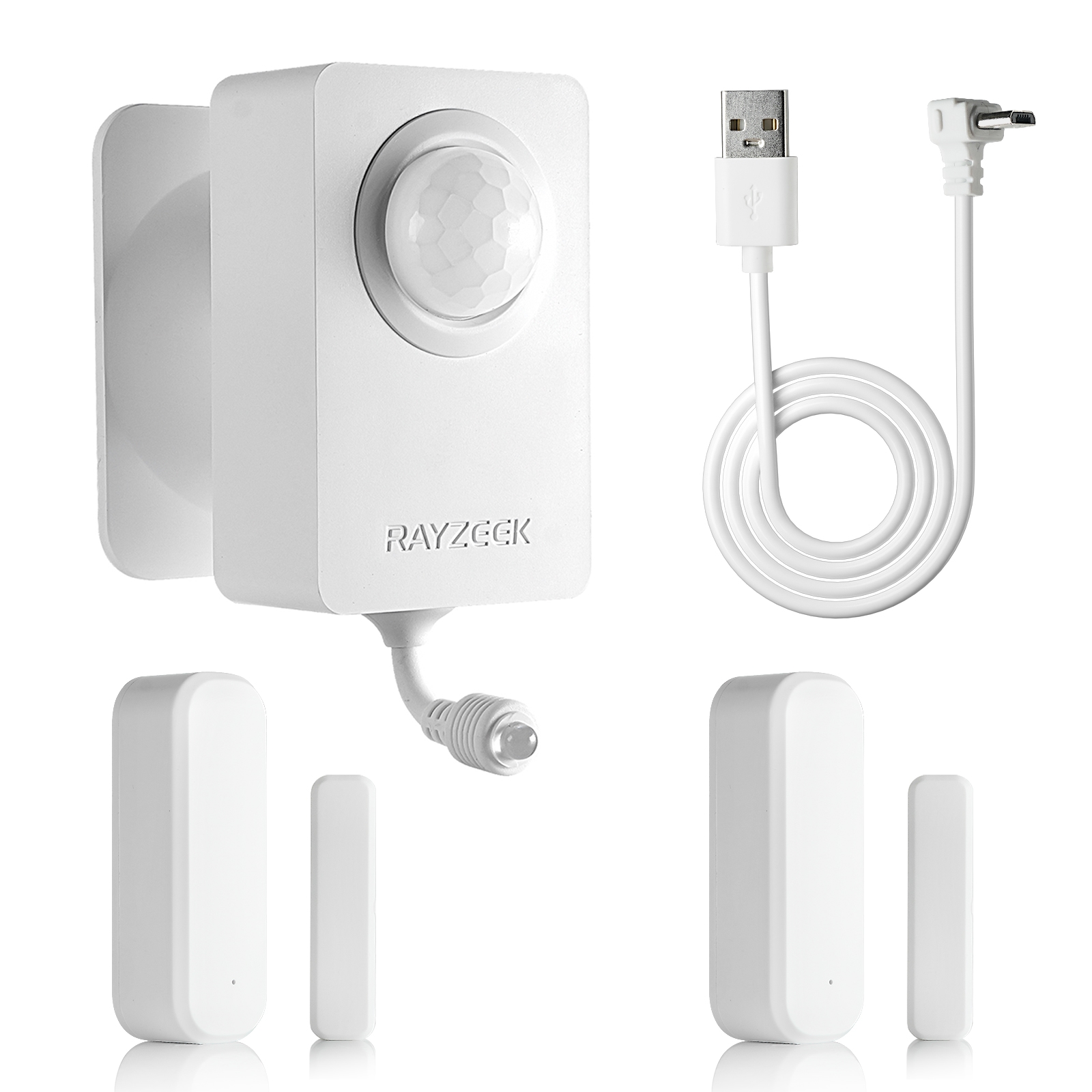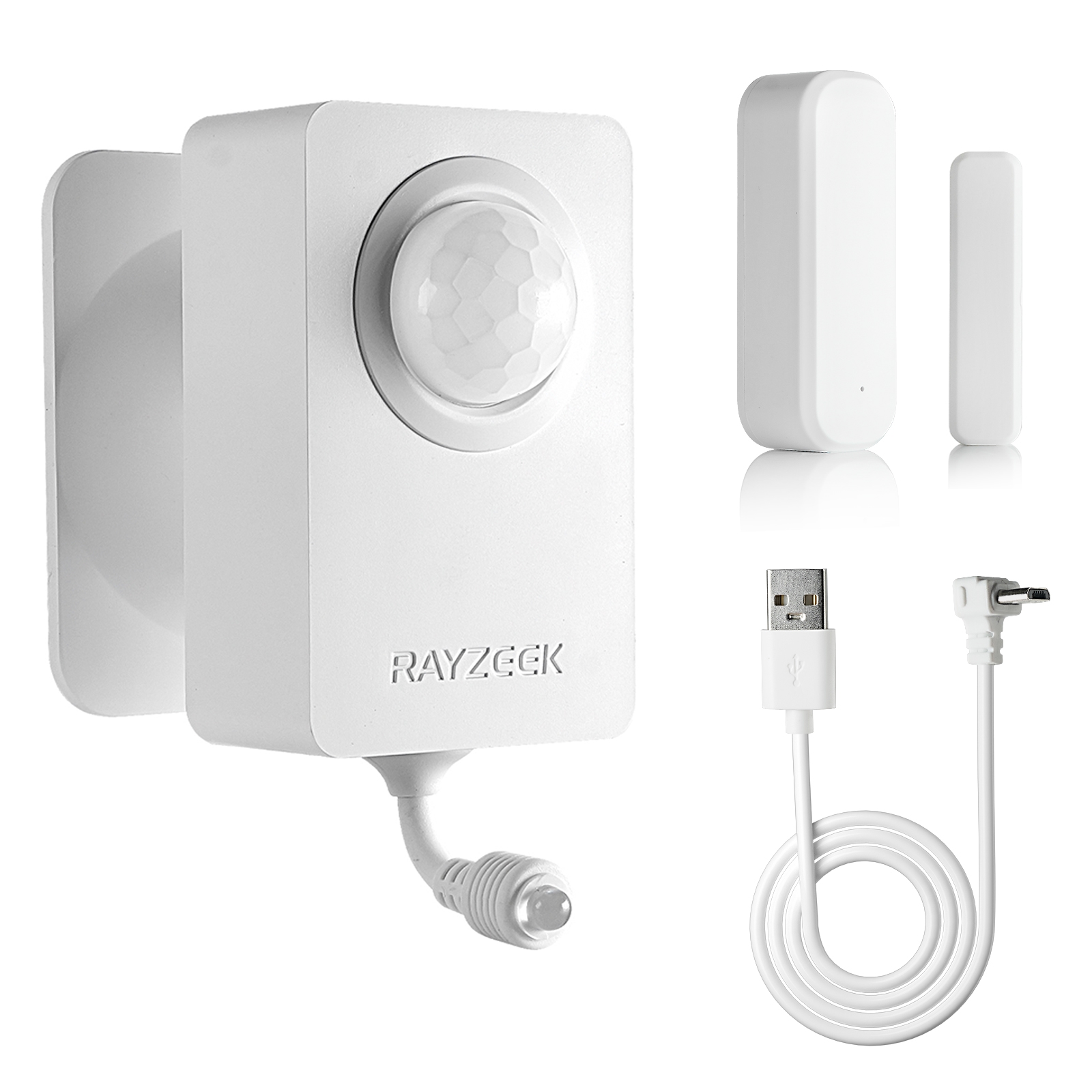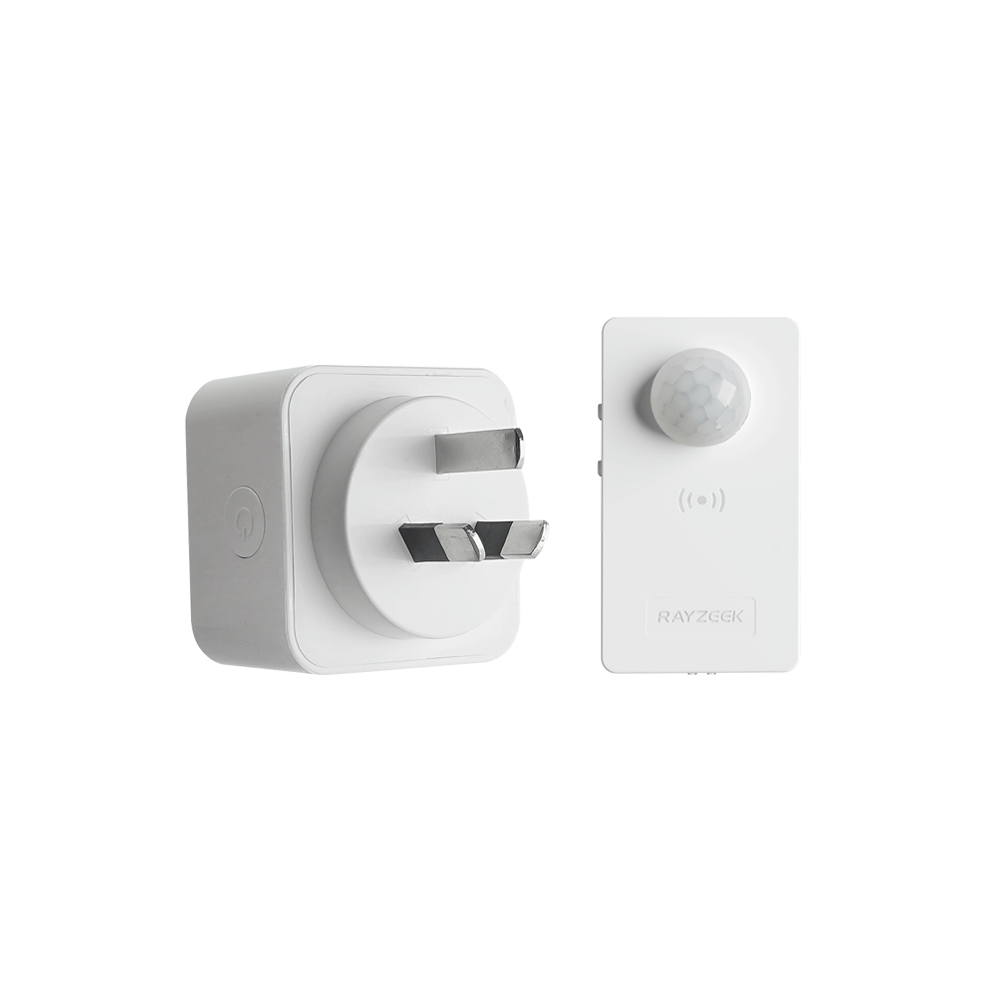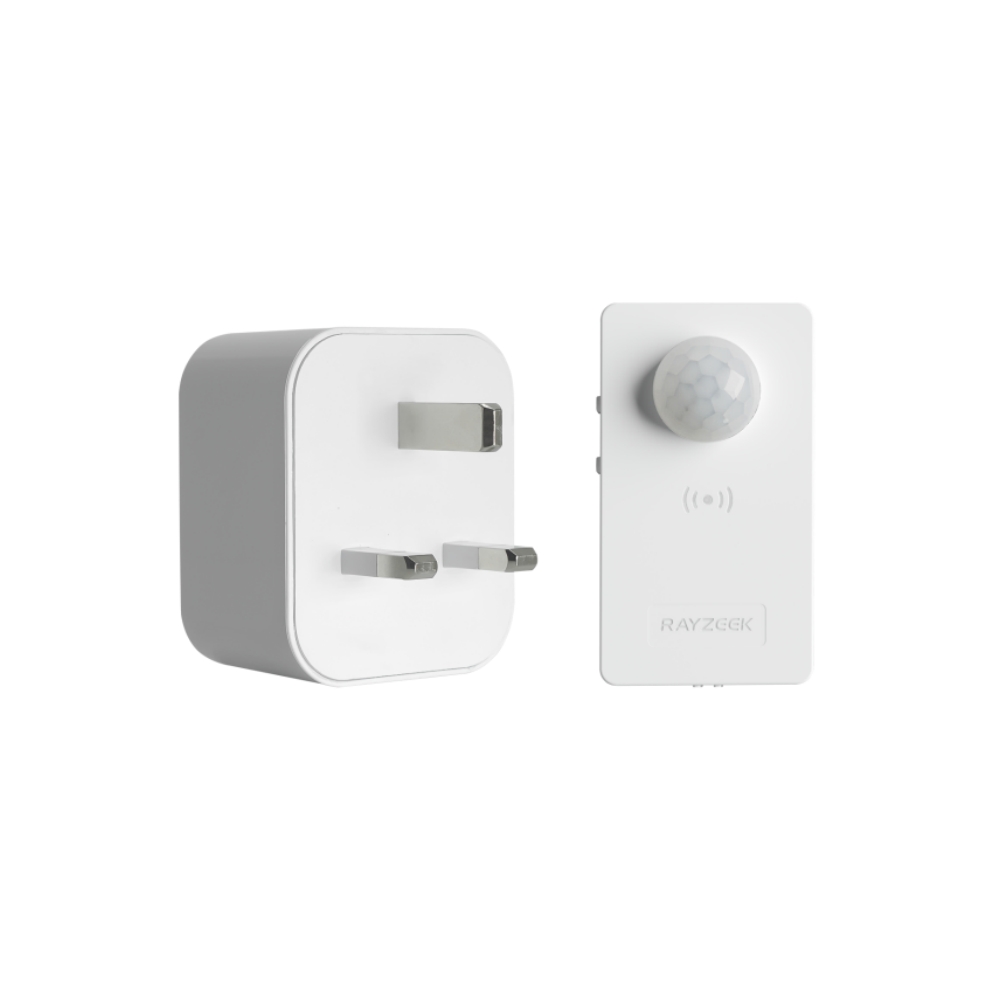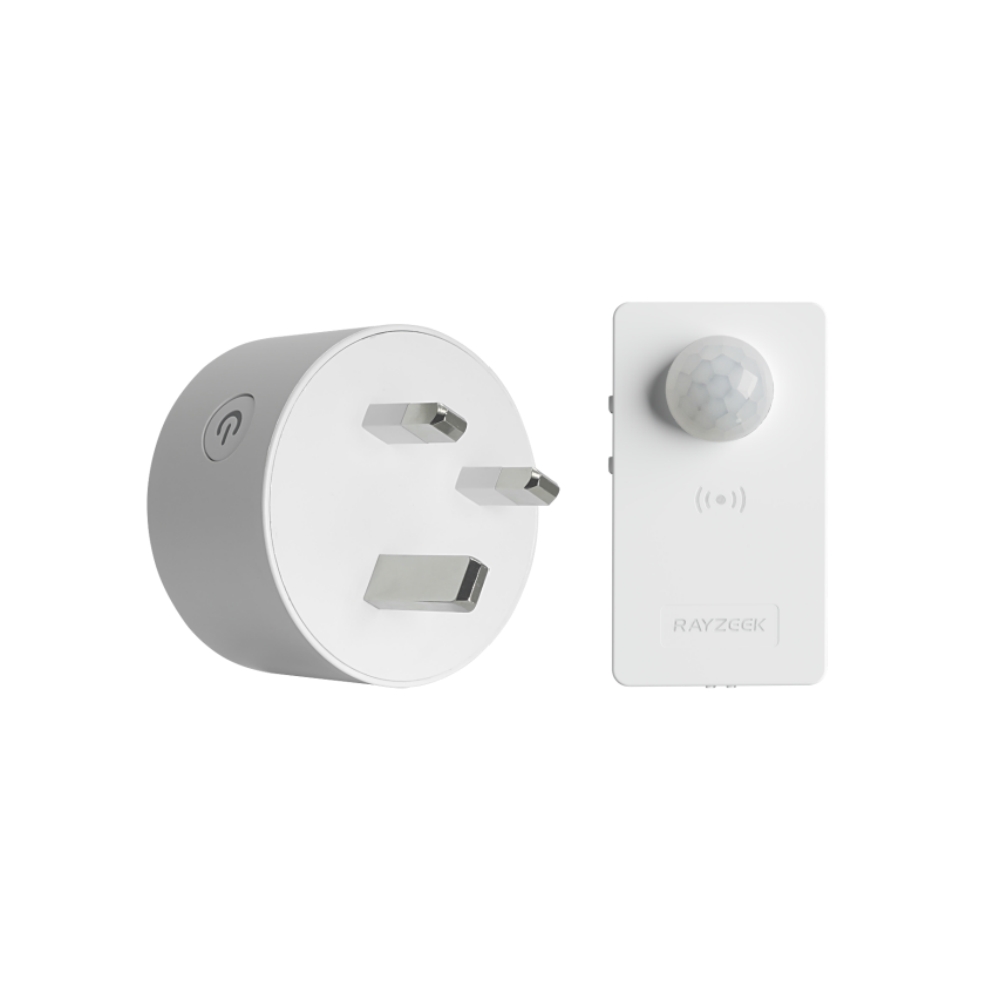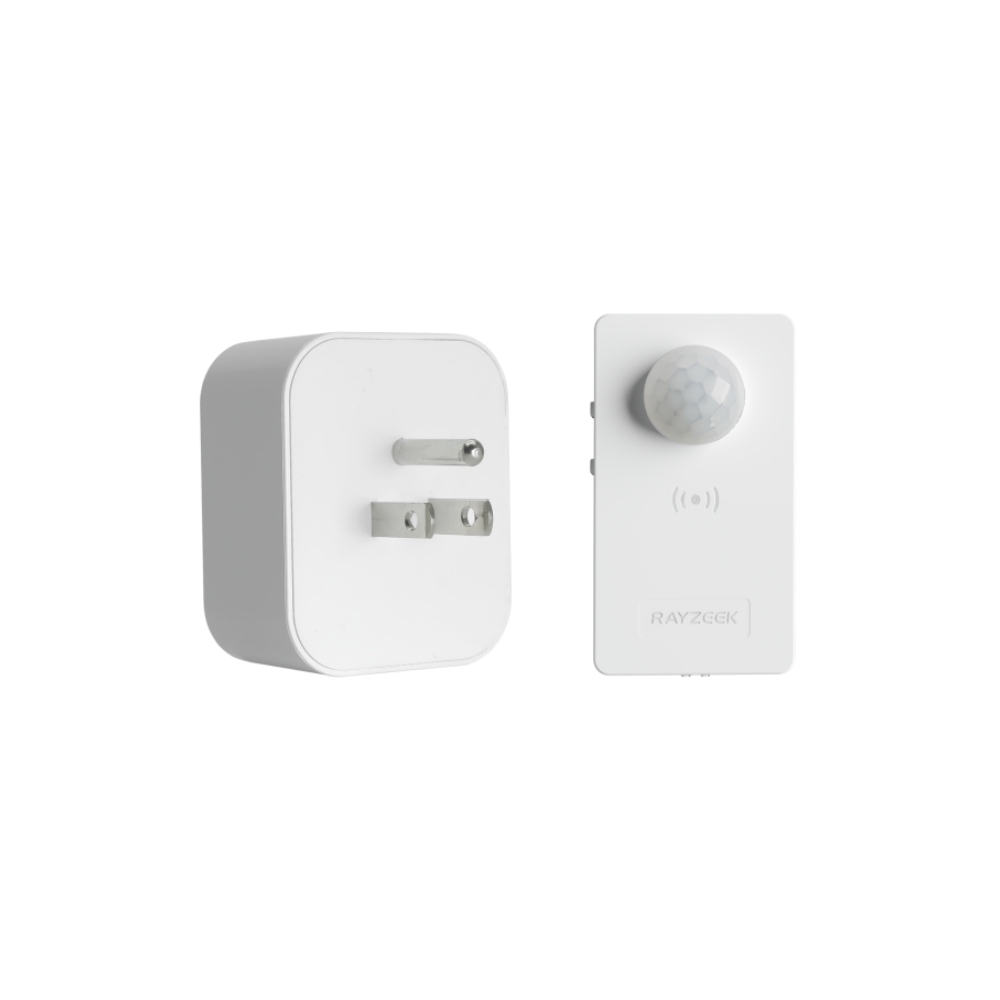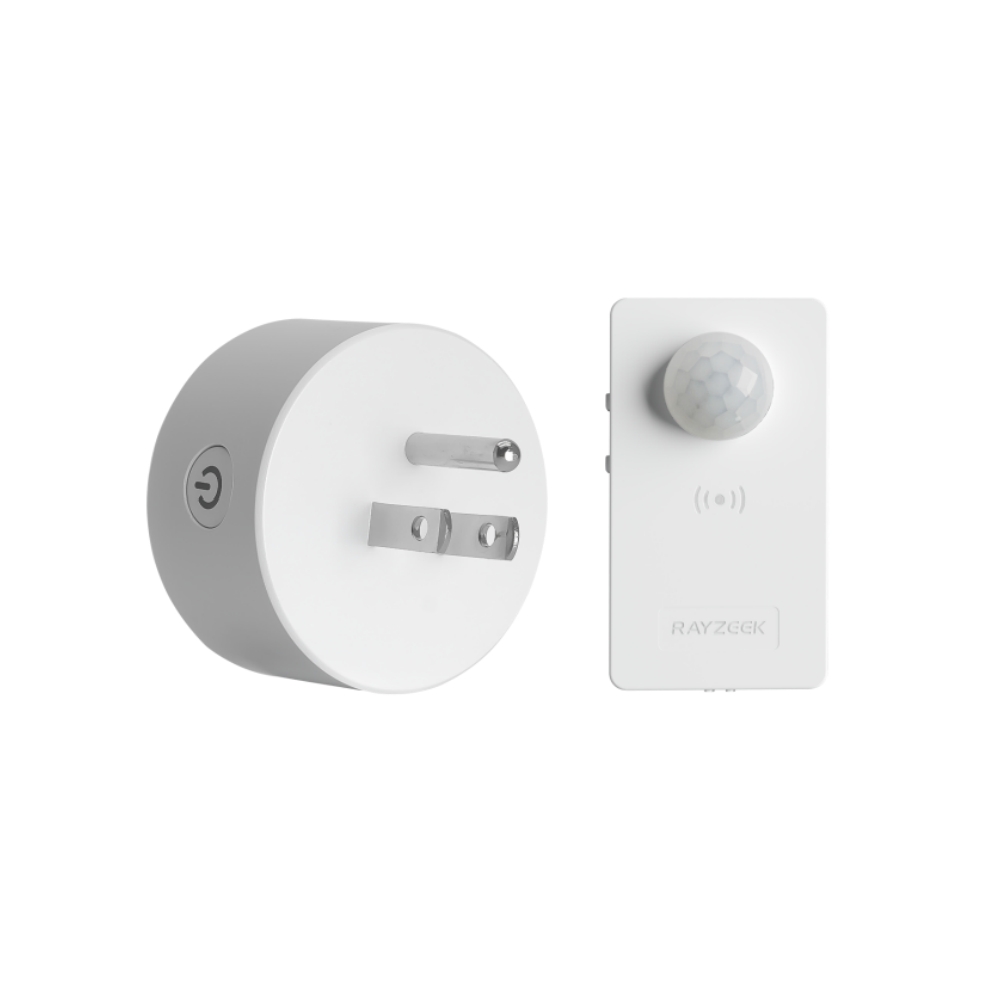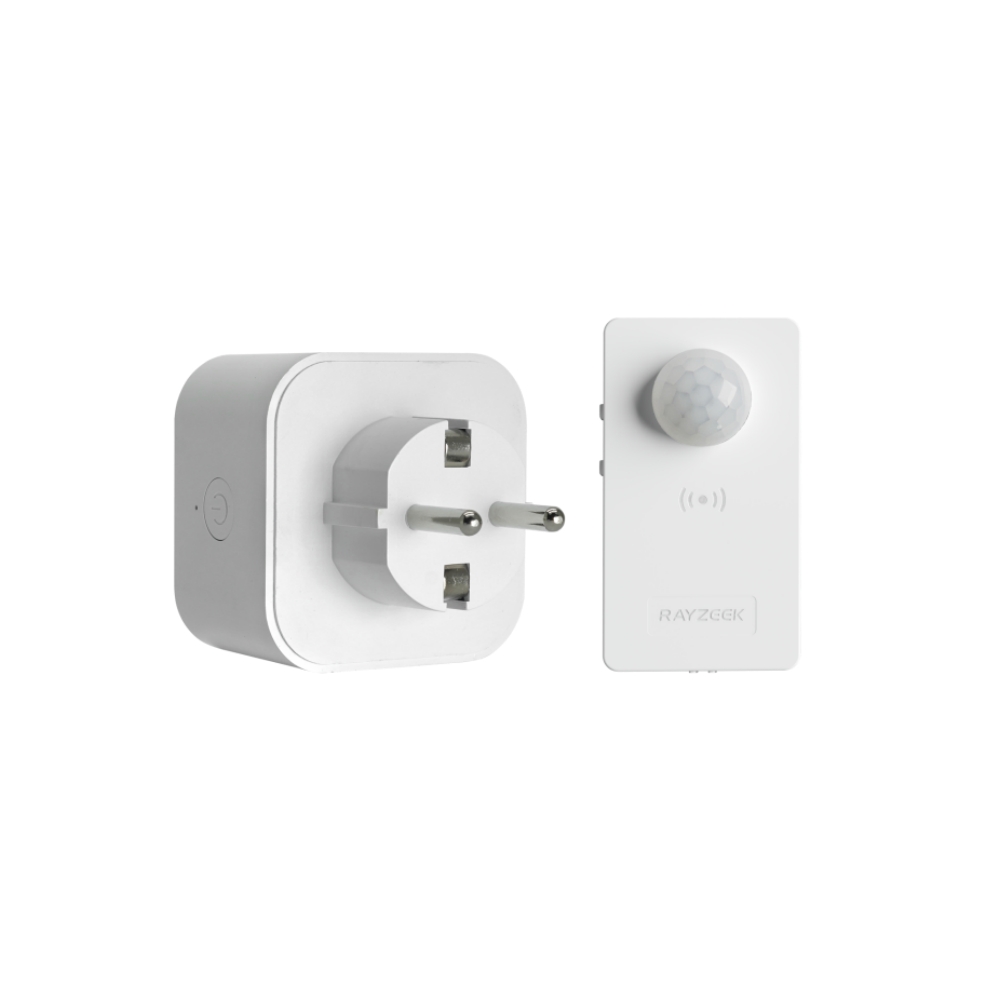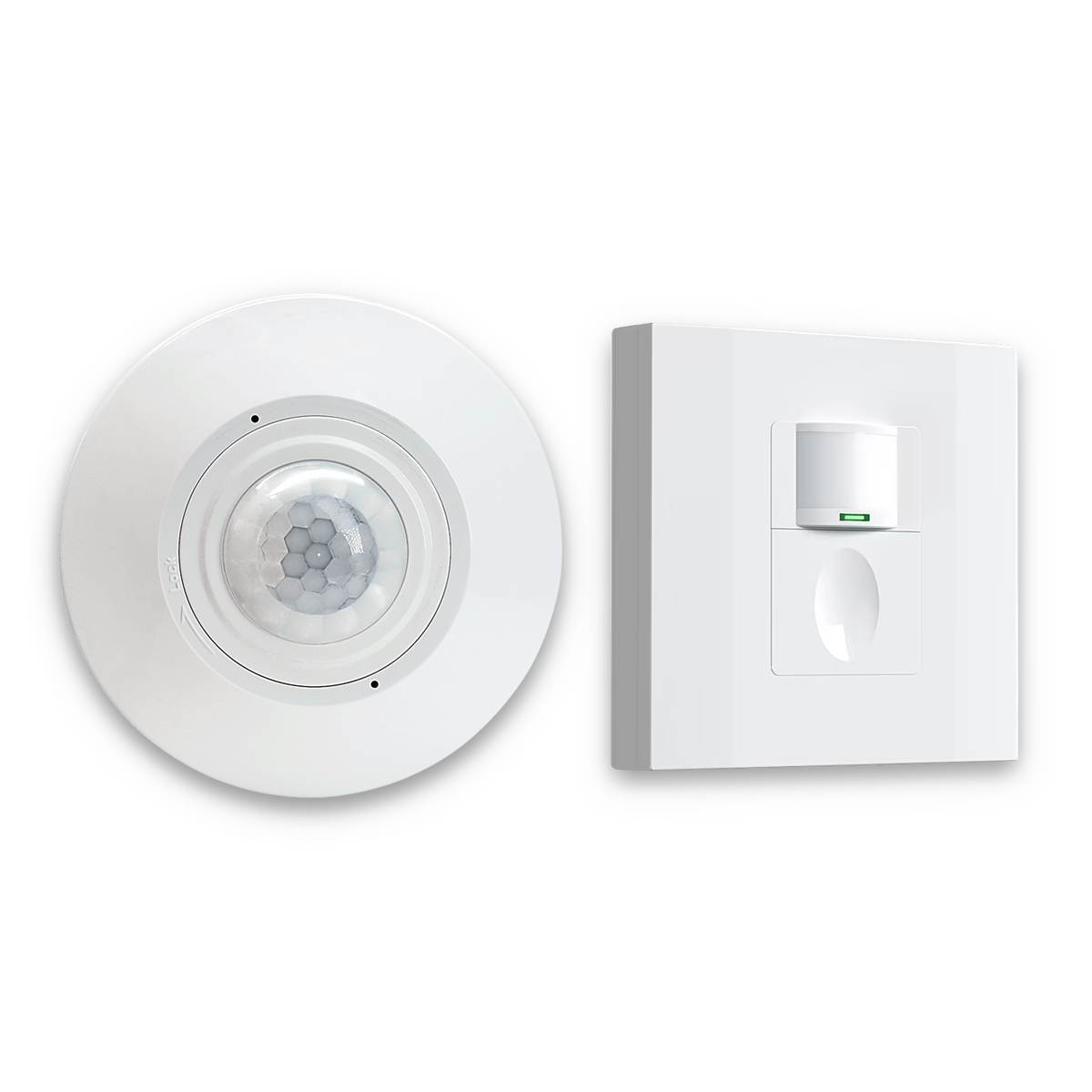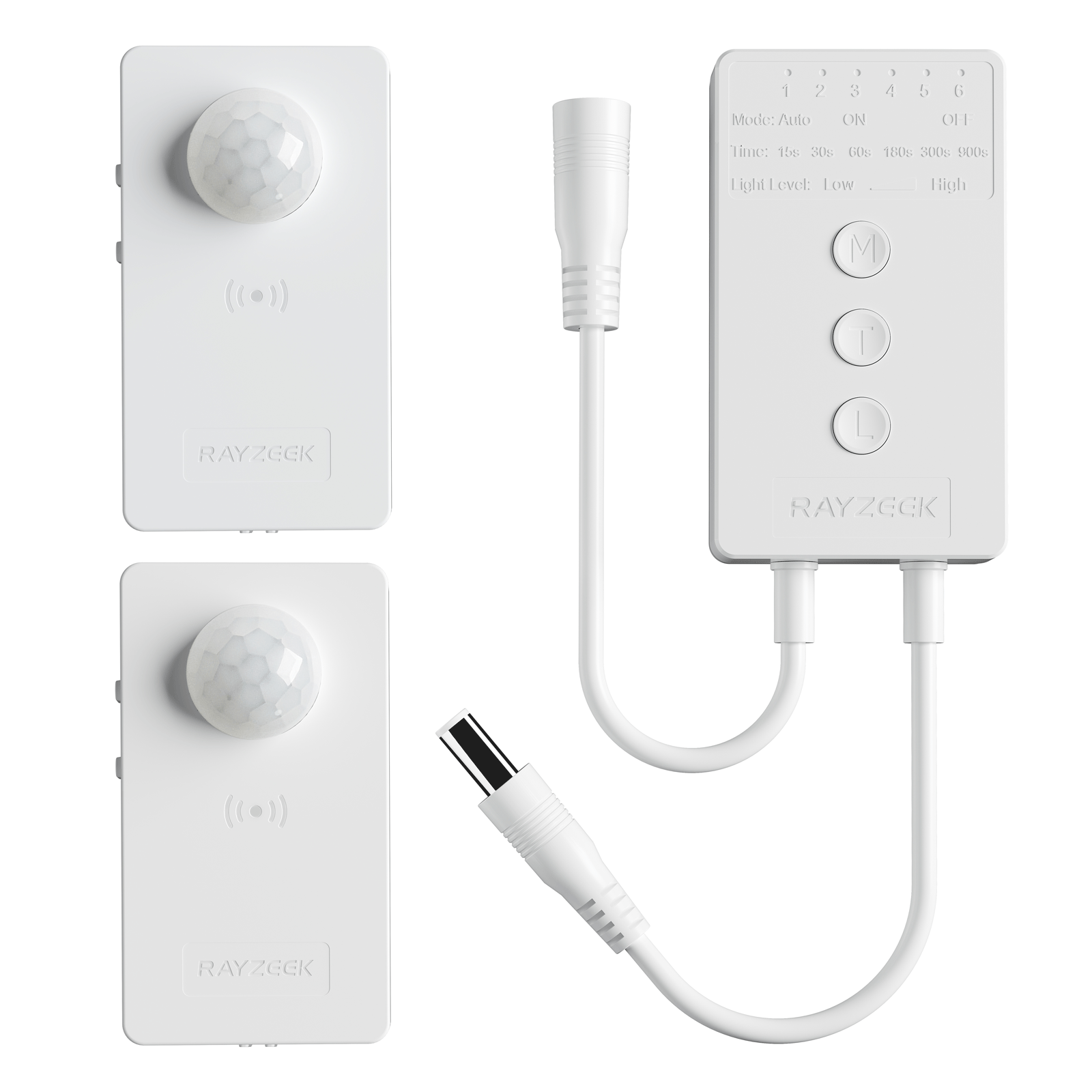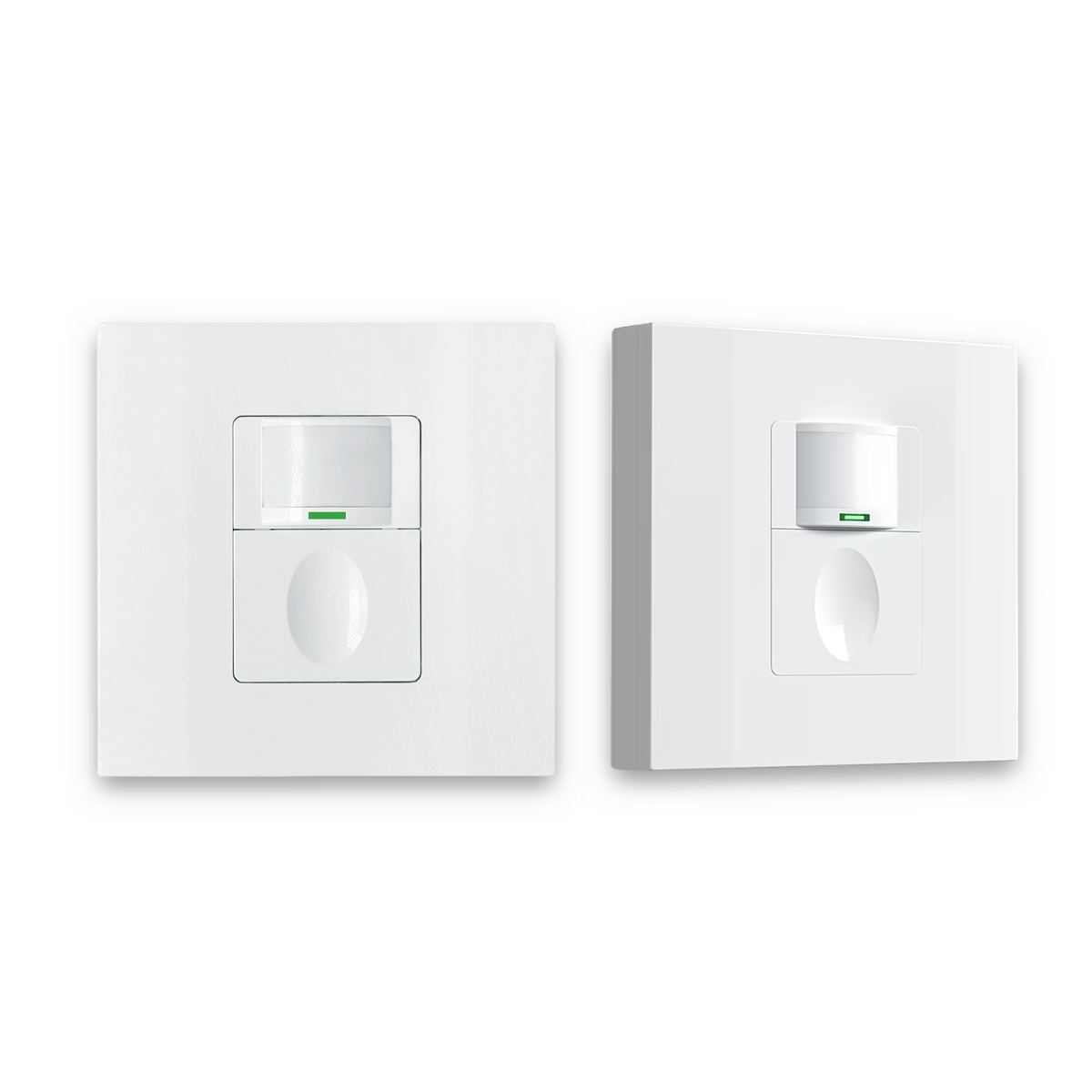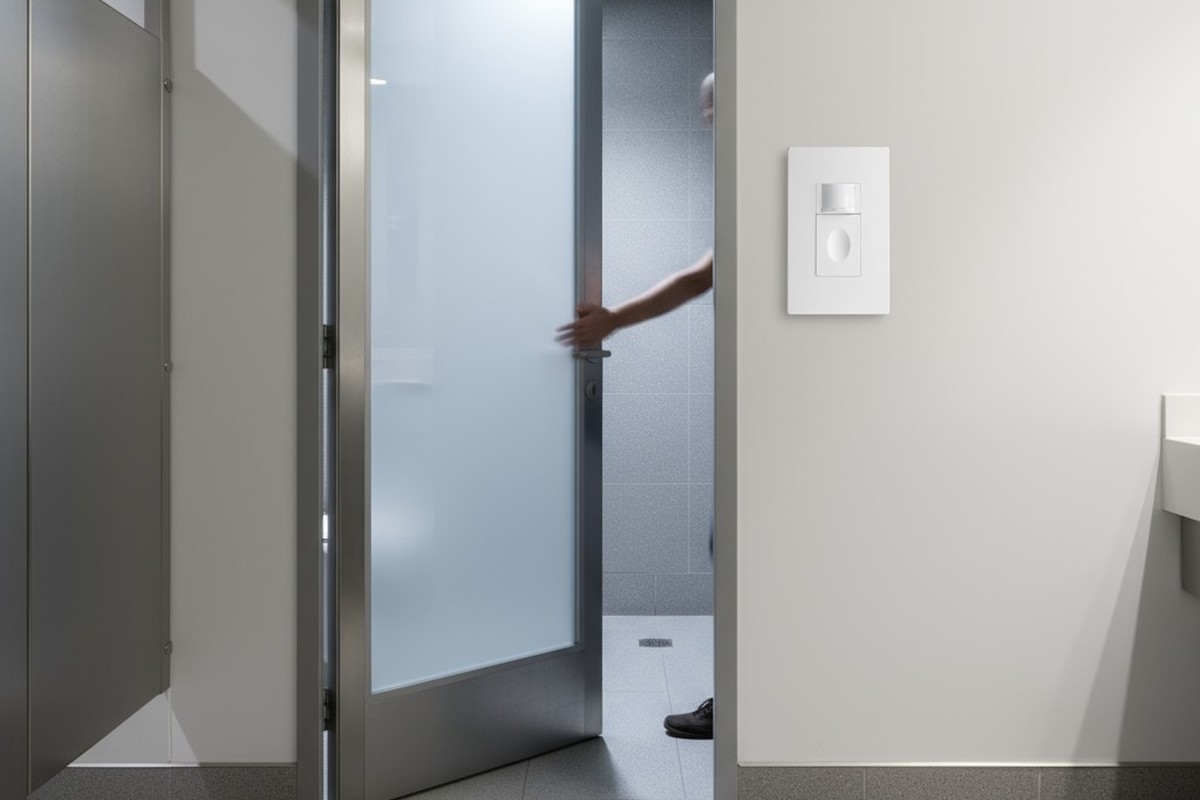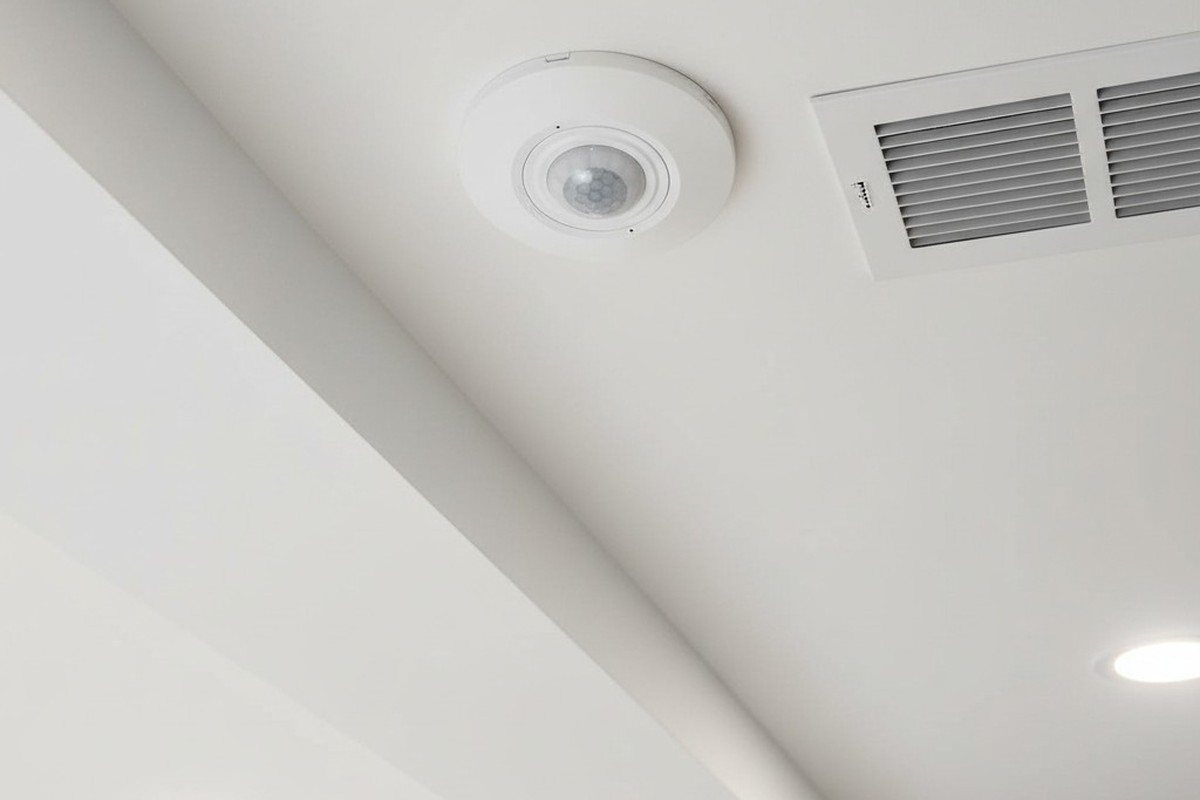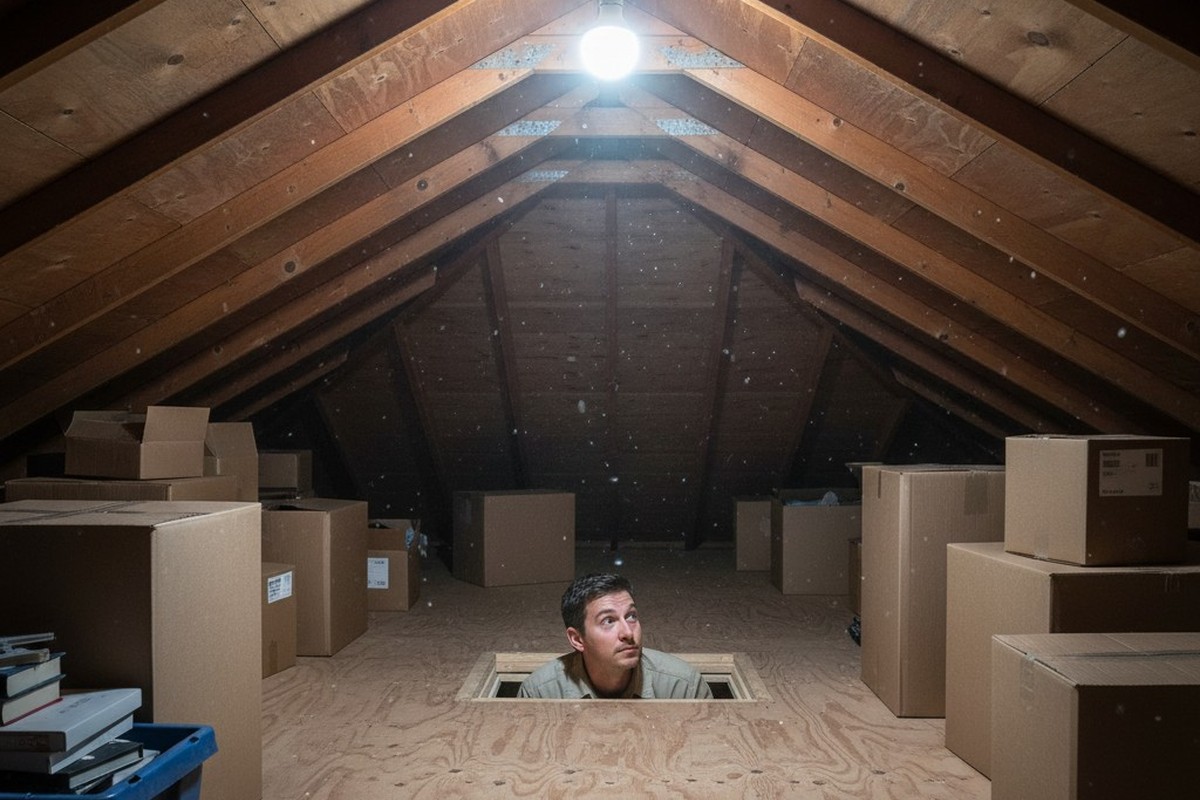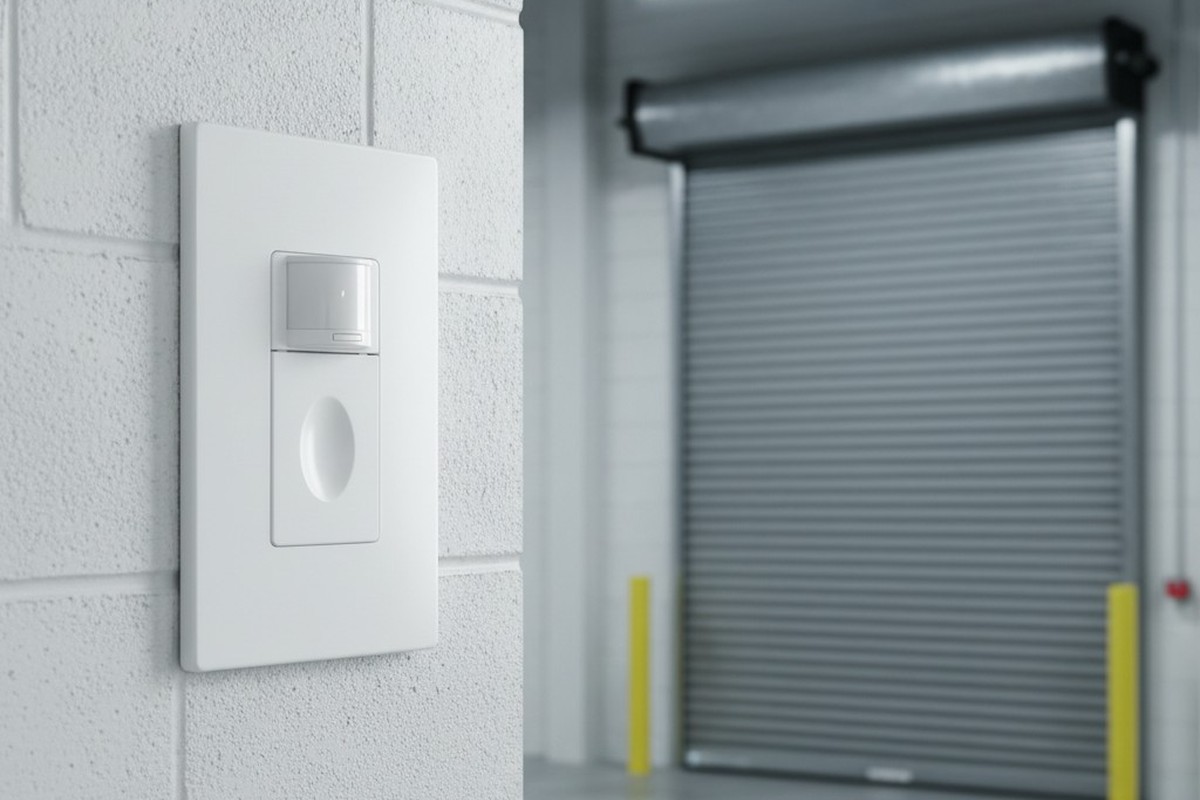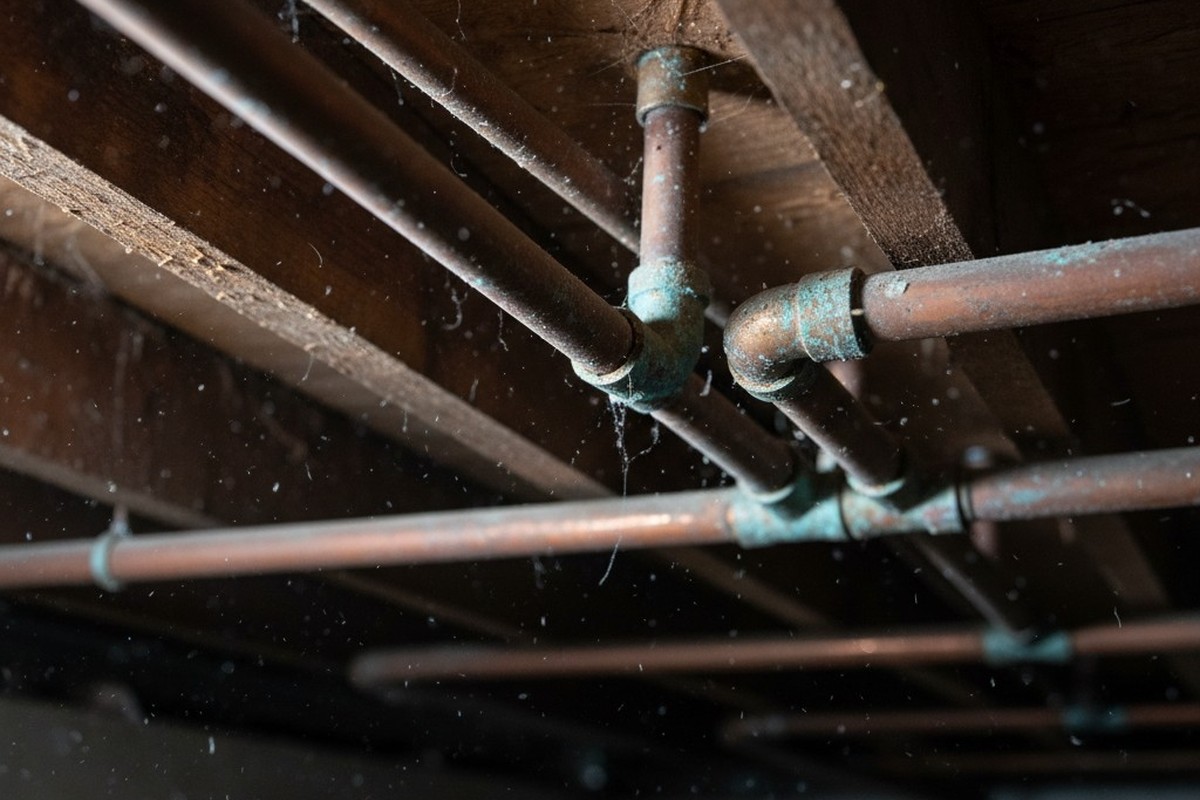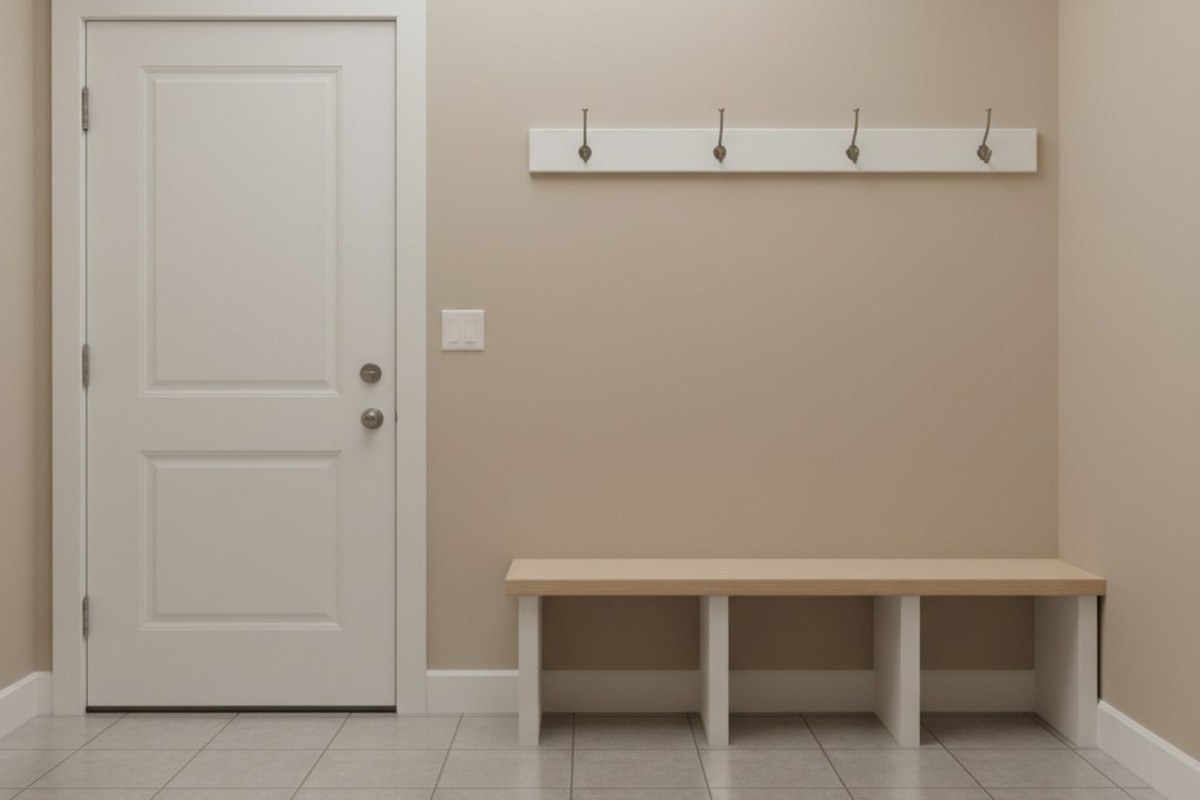An empty conference room, lit and cooled for occupants who are not there, represents a quiet failure. It is a ghost in the machine of building automation, a small but constant drain of energy that the system was designed to prevent. The promise of an occupancy sensor is simple: to banish these ghosts by letting the building know when a room is truly empty. Yet the path from that simple promise to a reliable, functioning system is a journey through a landscape of critical, often irreversible, technical decisions.
A successful integration is more than a switch. It becomes a source of intelligence, a new sense for the building itself. But in a retrofit, where you contend with the realities of existing walls and legacy systems, the project’s success hinges on a foundational choice that has little to do with the sensor itself and everything to do with how its signal will travel.
The Two Paths of Communication
At the project’s outset, there are two philosophies. The first is one of pragmatic, almost brutalist simplicity. Here, the sensor functions as an automated switch, its internal relay closing a physical circuit when it detects a person. This signal, a straightforward electrical impulse, travels down a dedicated wire to a digital input on the nearest building management system controller. The method is called dry-contact, and its beauty lies in its universal compatibility and unambiguous nature. The signal is binary. The room is either occupied or it is not. For the vast majority of retrofit applications, where reliability outweighs all other concerns, this is the professional’s choice. It is a solution built to last, easy to troubleshoot, and understood by any controls technician.
The second path is more seductive. It imagines the sensor as a smart device, a node on a network speaking a digital language like BACnet or Modbus. Instead of a simple impulse, it sends data packets. This approach promises richer information, perhaps even occupancy counts or integrated temperature readings. But it introduces a world of complexity. It assumes available network infrastructure, demands IP address management, and requires a programmer to write far more sophisticated logic to discover and interpret the sensor’s data.
This is where many ambitious integrations falter. The disconnect often happens between the field and the programmer’s desk. A programmer might write logic expecting the sensor to report its status as a simple “Binary Input,” a digital flag that is either on or off. The installer on site, however, might have configured the sensor to use a “Multi-state Value” to report more granular states like unoccupied, standby, and occupied. When the BMS program asks for a data point that does not exist, the integration fails. The result is a programmer, armed with software tools, forced to browse the network, discover the correct data object, and rewrite the logic, all while the project clock is ticking.
From a Physical Connection to Intelligent Action
Let us return to the retrofitter’s standard, the dry-contact sensor. Its installation is a story of physical reality. A two-conductor cable must be pulled from the sensor’s location, often through the unforgiving plenum of a finished ceiling, to the nearest BMS controller. There, the two wires land on a digital input terminal. Polarity does not matter. One wire to the input, the other to its corresponding ground.
Once connected, a programmer can see the point in the system software. When the sensor detects a person, its relay closes, and the state of the input flips from zero to one. This single bit of information is the trigger for everything that follows.
Maybe You Are Interested In
Of course, a sensor cannot send a signal without power, a detail that carries significant cost and labor implications in a finished building. Powering it from a nearby 120V lighting circuit is often convenient, but it requires a licensed electrician, adding another layer of cost and coordination. The alternative is low-voltage 24V power, often drawn from the same transformer that powers the BMS controller itself. While safer for a controls technician to install, it means pulling a second cable to every single sensor, a labor-intensive task that tests the patience of even seasoned installers.
With the sensor wired and powered, the programmer translates that simple state change into building control. Using graphical or text-based logic, they create the rules. If the office sensor is on, then the local air damper is commanded to its occupied position. If the sensor is off, the damper closes. But a common mistake is to grant the sensor absolute authority. This can lead to the HVAC system shutting down during business hours simply because a sensor has malfunctioned.
True intelligence lies in hierarchy. The logic must first consult the building’s master schedule. During scheduled business hours, the HVAC system should run regardless of what a single sensor reports. But during the unoccupied hours of nights and weekends, the sensor’s signal is given the power to temporarily override the schedule, bringing a space to life for an after-hours employee, before letting it fall back to sleep. Timers are also critical. A 15-minute delay after a room becomes vacant prevents the system from shutting down on a person sitting perfectly still in a presentation, a common frustration that undermines user confidence in the entire system.
Navigating the Ghosts of Systems Past
In many older buildings, you will not find an open system like BACnet. You will instead encounter the digital ghosts of proprietary systems, locked-down ecosystems that do not speak modern languages. Here, the dream of a networked sensor dies quickly, but the project does not have to.
Looking For Motion-Activated Energy-Saving Solutions?
Contact us for complete PIR motion sensors, motion-activated energy-saving products, motion sensor switches, and Occupancy/Vacancy commercial solutions.
The most pragmatic solution is to fall back on the fundamental principle of inputs. Nearly every BMS ever built, no matter how old or proprietary, has a way to accept a basic switch closure. By wiring a simple dry-contact sensor to an available digital input, you bypass the protocol problem entirely. You lose the granular data, but you gain a functional integration that is guaranteed to work. It is a victory for pragmatism over features.
The Afterlife of an Installation: Troubleshooting the Unseen
Even a perfectly commissioned system can develop strange behaviors. The most common is the “ghost” signal, where the BMS reports a room as occupied long after everyone has left, negating the very energy savings the project was meant to create. An experienced technician knows this ghost is rarely supernatural.
The diagnostic process begins not at the controller, but at the sensor itself. The most frequent cause is an excessively long time delay. A dial mistakenly set to two hours will make the room appear occupied for two hours. The next step is to examine what the sensor “sees.” Is a passive infrared sensor aimed at an HVAC diffuser, misinterpreting the gentle movement of conditioned air as a person? Is an ultrasonic sensor in a small, hard-surfaced room creating echoes that it reads as motion?
Get Inspired by Rayzeek Motion Sensor Portfolios.
Doesn't find what you want? Don't worry. There are always alternate ways to solve your problems. Maybe one of our portfolios can help.
If these environmental checks fail, the cause may be electrical. On very long wire runs, electrical noise from adjacent high-voltage cables can induce a tiny “ghost” voltage onto the sensor wire. To a sensitive digital input, this faint signal can look like an “on” state. The test is simple: disconnect the wire at the controller. If the point in the software goes off, the problem is induced voltage, a fix that may require shielded cable or a small resistor to bleed off the noise.
Another common fault is a “chattering” relay, which switches on and off rapidly. This is almost always caused by a time delay set too low, perhaps a 10-second delay on a sensor watching a busy hallway. The rapid-fire signals flood the BMS with useless data and cause premature wear. The solution is not in the software but on the physical device. Before a sensor is ever connected to the BMS, its internal delay must be set to a reasonable value, often 15 or 20 minutes. This simple act of foresight ensures the sensor sends only meaningful signals about sustained changes in occupancy, providing the clean, actionable data that was the goal from the very beginning.

